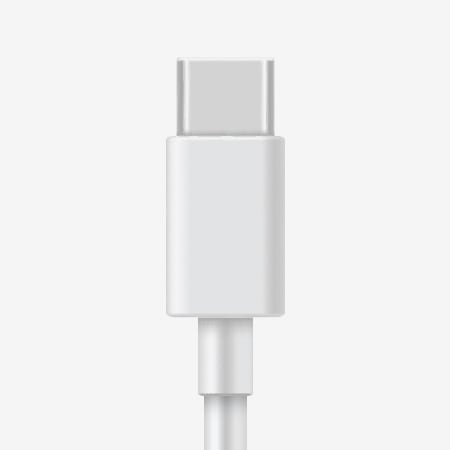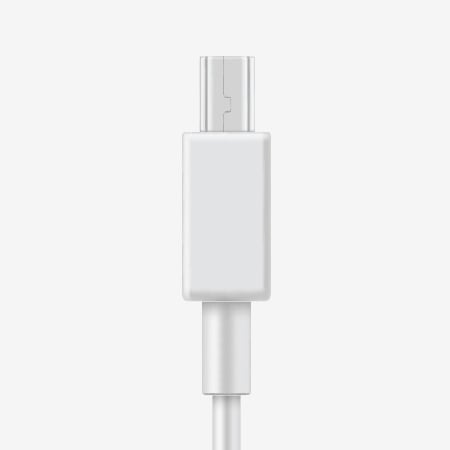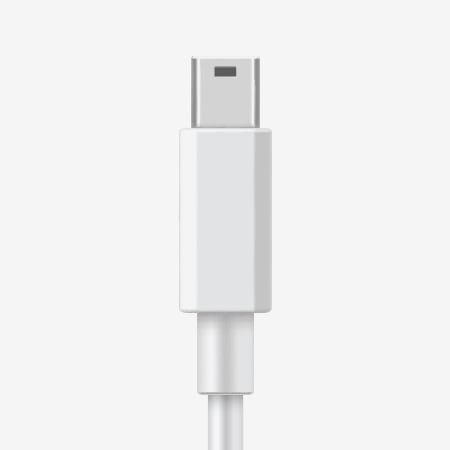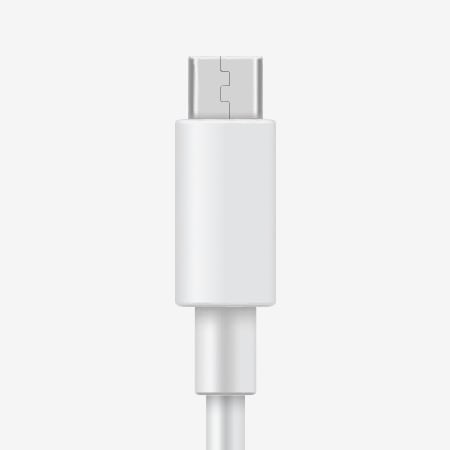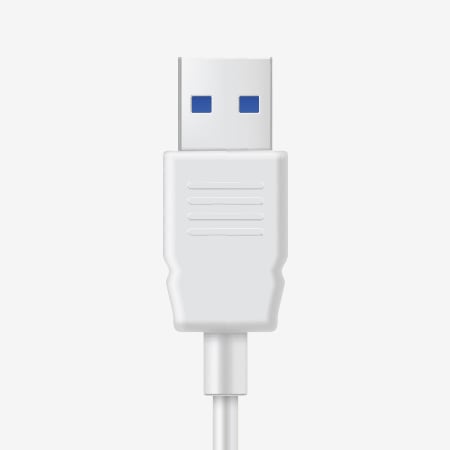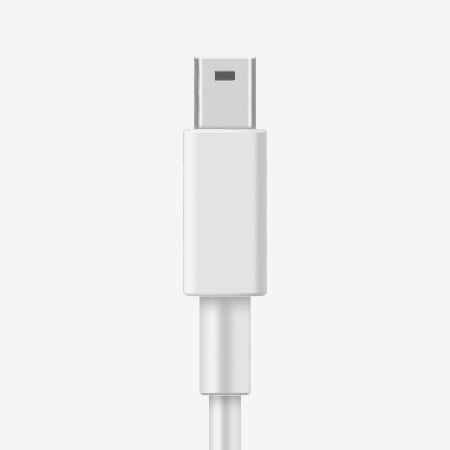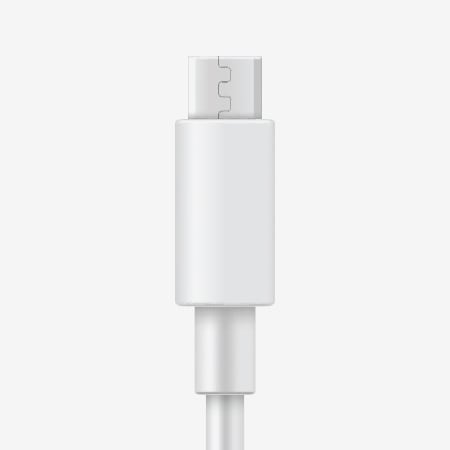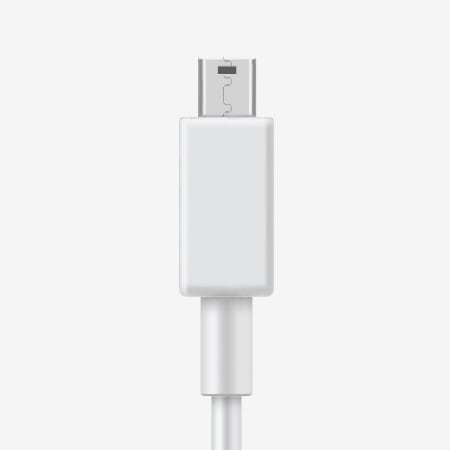USB Generations
USB 1.0
Launched in January 1996, USB 1.0 was followed by its improved version, USB 1.1, in September 1998. Both had peak speeds of 12 Mbps and were initially designed to facilitate quick connections between simple devices like mice and keyboards to computers. However, USB 1.0 had limitations, such as the inability to support extension cables and power delivery, which hindered its market adoption. USB 1.1 addressed these issues and laid the foundation for USB becoming the universal standard for data interfaces.
USB 2.0
The universal adoption of USB in contemporary devices has propelled its evolution to meet rising demands for speed and reliability. Consequently, USB 2.0 was unveiled in April 2000, delivering speeds of up to 480 Mbps—a 40-fold increase over USB 1.1. This version also offers backward compatibility, allowing seamless interaction between older USB versions and new USB 2.0-enabled devices. With its enhanced data transfer rates and power delivery capabilities of 2.5W, 5V, and up to 500mA current, USB 2.0 has successfully superseded its predecessor.
USB 3.2 Gen 1
The rise in IoT device usage, particularly in industrial settings, has necessitated a surge in bandwidth for more reliable and swift data transfers. In response, USB 3.2 Gen 1, also known as SuperSpeed USB 5Gbps, delivers data transfer rates of up to 5 Gbps. A notable feature is its full-duplex capability, allowing simultaneous data transmission and reception between two connected devices. This enhancement has made this USB version highly appealing to various industries, particularly because of its significantly improved data transfer rates and full-duplex functionality.
USB 3.2 Gen 2
USB 3.2 Gen 2, previously known as USB 3.1, now delivers data transfer speeds of up to 10 Gbps, effectively doubling the rate of its predecessor. Often referred to as "SuperSpeed USB 10 Gbps," this update significantly enhances performance, particularly for storage and display use cases. Furthermore, both USB 3.2 Gen 1 and Gen 2 have integrated USB Power Delivery (PD), allowing for up to 20V at 5A, which translates to a potential 100 watts through compatible hardware.
USB 3.2 Gen 2x2
Unveiled in August 2017, USB 3.2 Gen 2x2 made notable strides in compatibility, particularly with the Type-C connector. This iteration provides data transfer rates of up to 20 Gbps, commonly referred to as SuperSpeed USB 20Gbps. Additionally, the Type-C port's reversible design simplifies usage. While USB 3.2 Gen 2 and USB4 offer impressive speed enhancements, these are often optimized for shorter distances. Consequently, older USB versions remain the go-to choice for many industrial applications, where they continue to be widely utilized.

